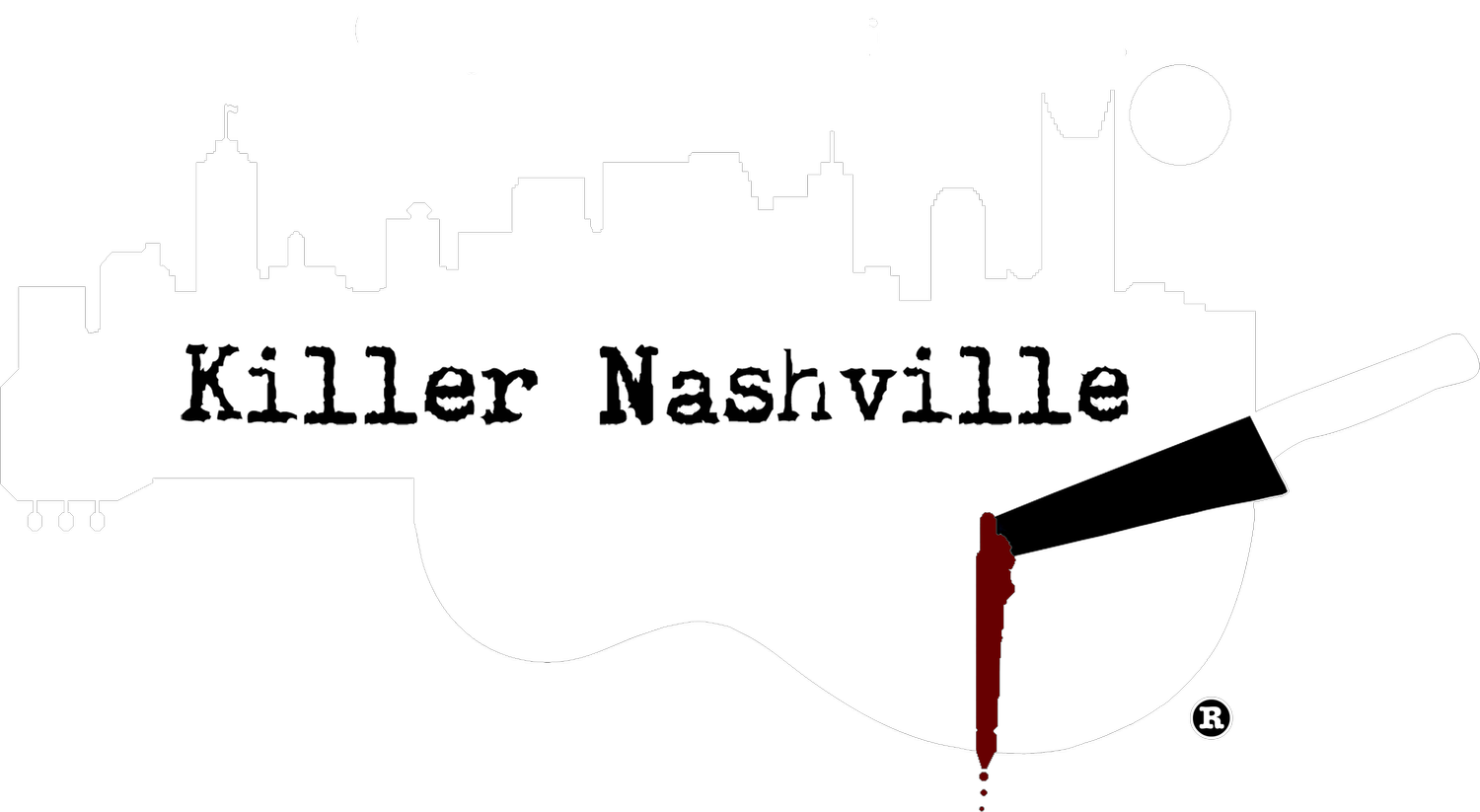A Killer Voice That Makes an Impact
When you think about a rampaging murderer out to destroy his victims, what comes to mind? Most of the time, it’s their iconic voice. Imagine Candyman without the breathy and slow speech of Tony Todd or Ghostface without Rodger L Jackson’s craggy mix of sadism and insanity. Who can forget the deep, dark, dulcet tones of the Master of Macabre, Vincent Price? That’s what you want to give readers when your character speaks—a taste of their depravity.
Finding that unique resonance can be challenging, but like any diligent author, you appreciate the value of research to carve out a brilliant inflection that will capture your delinquent’s soul. Breathy, croaky, cracking, soothing, alarming can all describe a voice. Vivid comparisons can also bring the essence of someone alive in a reader’s mind. Does her breathy narration sound like a gentle breeze moving through a tree plump with the leaves of spring? Does his laugh remind you of the bray of a donkey? How a death-dealing degenerate sounds can influence what your readers take away from a scene.
Sentence structure plays a vital role in intensifying a character’s emotions. A nervous woman convinced she’s being followed might require short, clipped phrases, imitating the twittering of a skittish bird. Or there are those long, flowery sentences that could represent the pompous police chief or dense detective who doesn’t believe the victim. Punctuation can also add impact. A frightened person’s dialogue can frequently trail off with ellipses, exemplifying their wavering train of thought. Or a brash thug might add terror to his loud, paranoid ramblings by ending everything in exclamation points.
A voice doesn’t have to be menacing to create a shudder. An ordinary, quiet man with a somber or even childlike tone who carries out ghastly deeds can elicit chills. Think Hannibal Lecter in Silence of the Lambs. A monotone, emotionless pitch can tell us more about the inner workings of a psychopath than a shrieking mother frustrated with her children. Remember the crazed computer Hal 9000 in 2001: A Space Odyssey?
Don’t forget about the intense horror of silence. The doomed want answers before they take their last breath. Not having the solace of another’s voice could be more hair-raising than a sinister hiss or last malicious chuckle. A memorable example is the unsettling nothingness of Michael Myers as he sliced through his victims in Halloween (1987).
You may want to design a manner of speaking that becomes your transgressor’s trademark. Police often ask survivors of violence about the voice of their attacker. Even if a victim doesn’t look at the perpetrator, they will never forget how they sounded. The way your slayer stays with those they have tormented can be as important as what they say or do. Inflections, the rise and fall of their tone, the deepness or high-pitched way they laugh, and even the pauses they give when speaking are all critical. The Grady twins from The Shining delivered their creepy invitation to Danny to come and play “forever… and ever… and ever,” scaring theatergoers.
Also, keep in mind dialects do matter. Whether it’s a southern drawl, Texas Twang, the guttural angst of New Yorkers, or the dropped Rs of Bostonians, give your killer some flare. But don’t overdo it. You want authenticity without coming across as stereotypical. Research how people speak naturally in the area you’re writing about. Go to restaurants, walk the streets, sit in coffee shops, and eavesdrop. Get a sense of rhythm and the way people talk. It will give your scoundrel depth and believability.
Don’t forget the backstory, especially when dealing with physical or emotional traumas. A brute with a history of throat damage, whether through strangling or a sliced larynx, can have a wispy way of speaking that sets one’s teeth on edge. Damage to the mouth, either through the loss of teeth or cut nerves, can provide relevant clues to why your murderer speaks as they do. A maniac who’s suffered immense sorrow or abuse might carry the past in their voice. Cold, unemotional, lifeless tones can tell you a lot about the pain behind someone’s words. Red’s rasp in the movie US becomes even more horrific when the audience discovers rats have gnawed through her vocal cords. A cringe-worthy backstory can ramp up the fear factor.
There’s nothing more insightful than a voice. It’s the true window to one’s emotions and personality. So when creating a killer character who will leave readers mesmerized and terrified, don’t forget their distinct, haunting vocal expression. Take the time to make it compelling, and your villain will live on long after your story’s climactic ending.
Alexandrea Weis, RN-CS, PhD, is an award-winning author, screenwriter, advanced practice registered nurse, and historian who was born and raised in the French Quarter of New Orleans. She has taught at major universities and worked as a nurse dealing with victims of sexual assault, abuse, and mental illness in a clinical setting at New Orleans area hospitals.
Having grown up in the motion picture industry as the daughter of a director, she learned to tell stories from a different perspective. Infusing the rich tapestry of her hometown into her novels, she believes that creating vivid characters makes a story moving and memorable. The first person to give her writing advice was Tennessee Williams, a family friend.
Weis is a member of the International Thriller Writers (ITW) and Horror Writers Association (HWA). She lives with her husband outside of New Orleans where she is a permitted/certified wildlife rehabber with the Louisiana Wildlife & Fisheries and rescues orphaned and injured animals.
